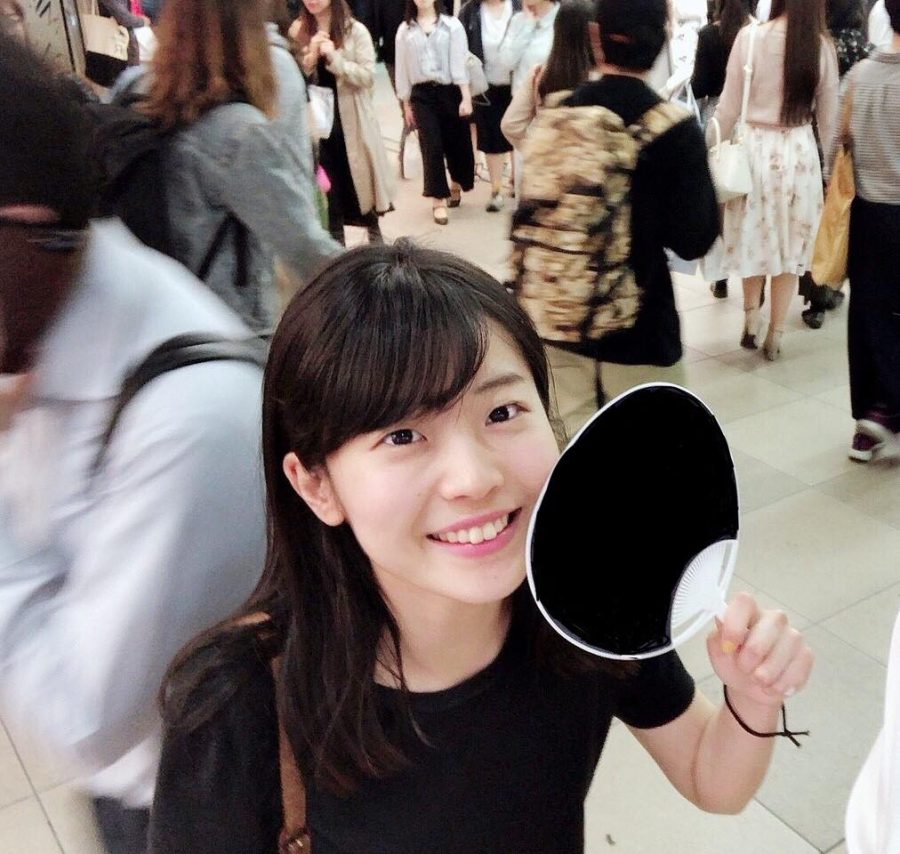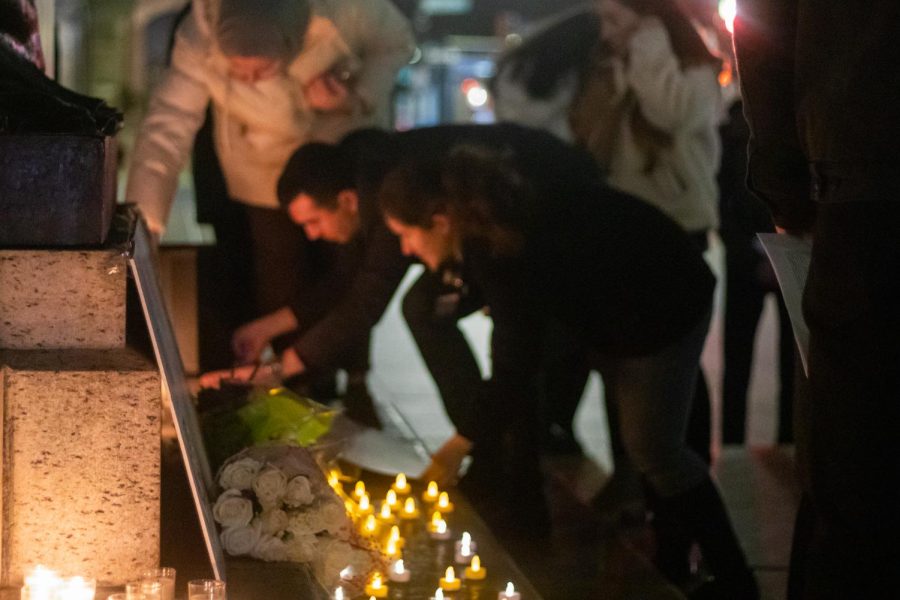Every morning, countless numbers of people overflow onto the train platform. They walk quickly in lines like a cluster of schooling fish. Their faces are blank. Their eyes are lifeless. I am in the middle of the line and following it with a blank mind.
Here in Boston at the Park Street station, people slowly get off the green line train and scatter in all directions. The station echoes with laughter and smells like marijuana. Being alone in the middle of this place makes me feel like a tiny, lost fish that doesn’t belong.
Japan, an island in East Asia, stands at an advantageous position in the world. This tiny island is blessed with so much – nature, food, health and wealth. However, although the average students’ academic ability in Japan is high, we do not know how to “make our way.”
Japanese students usually study in a passive way; Japanese education doesn’t teach students to create their own ideas and opinions. This situation may have a negative impact on Japan’s ability to grow in this diverse world.
There is an invisible path to the future in front of every student in Japan. Japanese people are on a societally decided path – they recognize a certain ideal life. For example, Japanese culture expects students to go to college after high school, get a job within a year after graduating college, spend their whole life working for one company and get married in their 20s or 30s.
This path is constructed and prepared by the school system and Japanese culture as a whole. There are detailed rules for students to abide by. There are specific standards about appearance including hair, uniform, attitude and opinions to have about moral issues.
In Japan, being a “good” student means following all the rules correctly. As a result of this strict school system, many Japanese students lack creativity and individuality.
Even during university lectures, there is barely any interaction between the teacher and the students. Our opinion is always based on what’s written in our textbooks. School sets the limits of students and puts them on this path. Students stay within their limits – they do not usually push themselves to do things outside of their comfort zone.
To get over this strict schooling situation and make my way by myself, I came here to Suffolk University. My first impression of the students at Suffolk is that everyone has their own individualized opinion for everything.
Suffolk students have the creativity to build an idea from various perspectives. They also have the confidence to speak up. This is a natural thing in the U.S., but it is awfully difficult for me as an international student. When I first had to determine my own perspective, I used Google to find my opinion for me. Eventually, I realized that I needed to think for myself.
Following along the path is so easy and stable that getting off is difficult. However, if Japanese students do not get off the typical path, Japan will not be able to survive in this diverse world.
This path of stereotypical expectations limits the possibilities of people. Now, I have changed my path. There are no more limits in front of me and I don’t know what will happen. I am scared – but I am so excited to make my way.












